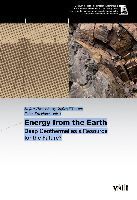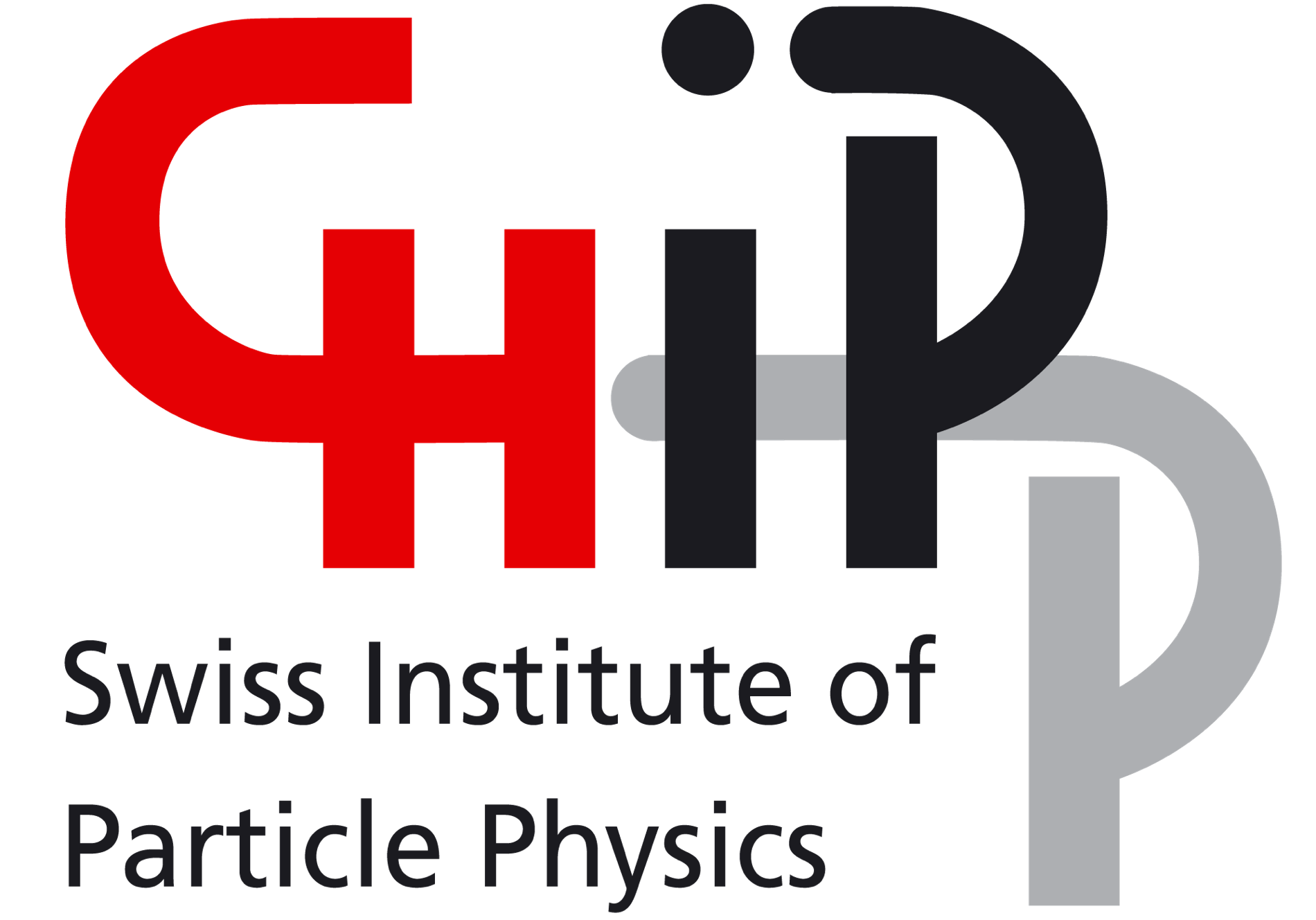Energy from the Earth - Deep Geothermal as a Resource for the Future?
Studie der TA-Swiss 62/2015
Geothermal energy is attractive because of the very large scale of the resource, its expected relatively low CO2 emissions, and its reliable, all-day domestic availability. However, the future contribution of deep geothermal energy is subject to major uncertainties: How much of this resource can be exploited and at what economic cost? What are the environmental and risk-related externalities that the public must be willing to bear? How does its overall performance compare to competing energy resources? Will the regulatory framework and public acceptance be sufficient to allow geothermal energy to provide a significant contribution? The TA-SWISS assessment attempts to answer these questions in a comprehensive and balanced way using an interdisciplinary evaluation approach.

The most essential recommendations of the study are:
- Geothermal energy is one of few “new” renewable options that could supply base-load power to the market and thus substantially contribute to security of supply.
- Electricity from deep geothermal plants exhibits favorable environmental performance under normal operating conditions. From the environmental point of view, and with particular regard to climate protection, geothermal energy is an attractive potential contributor to the future Swiss energy mix and deserves to be seriously considered.
- Further promotion of geothermal energy production is necessary to scale up the market.
- Given the huge uncertainty about the potential geothermal reserves in Switzerland, a major use-inspired research initiative coupled to a program of pilot and demonstration projects is needed.
- It would be a significant advance to link the locations of geological potential, political regulation, population (or sensitivity to seismicity), and heat markets to the economic model to map out the resulting costs of geothermal electricity generation and show where the best potential locations may be.
- Seismicity risks can be assessed and mitigated, but not eliminated.
- Use of the Swiss subsurface is regulated by the cantons. This creates certain difficulties for the potential operators of geothermal plants. A homogeneous regulatory framework or a federal regulatory competence centre could simplify and accelerate the process.
- Some cantons have adopted a concentration model in which one authority coordinates the content of the various permits and issues them on a package basis. Such a model would serve to speed up procedures.
- The entire process of planning, siting, and implementing geothermal projects must be closely followed by a carefully planned, continuously monitored, and precisely evaluated process of public and stakeholder engagement.
Source: Reference: TA-Swiss Study 62/2015, Stefan Hirschberg, Stefan Wiemer, Peter Burgherr (eds.), vdf Hochschulverlag AG, 524 Seiten, CHF 57.00 / EUR 49.80 (D) ; ISBN 978-3-7281-3654-1 (Buch)
Téléchargements/Liens
Publications des Académies sur l'énergie
- Instrumente für eine wirksame und effiziente Klima- und Energiepolitik
- Opportunités et conséquences d’une taxe d’incitation sur le CO2 prélevée sur les carburants
- Instruments pour une politique climatique et énergétique efficace
- Recherche énergétique 2020+
- Politique climatique et énergétique
- Stratégie énergétique et santé – ce dont il faudra tenir compte pour la mise en œuvre de la Stratégie énergétique 2050
- Gesundheitliche Aspekte der Schweizerischen Energiestrategie 2050
- Matières premières renouvelables au lieu de matières premières fossiles – une opportunité pour la Suisse
- Stellungnahme der Akademien der Wissenschaften Schweiz zu Klima- und Stromabgaben
- Energy from the Earth - Deep Geothermal as a Resource for the Future?
- Fragezeichen hinter der vollständigen Öffnung des Schweizer Strommarkts mit der EU (2015)
- Harmoniser la politique énergétique et la protection du climat avec la qualité de l'air
- Harmoniser la politique énergétique et la protection du climat avec la qualité de l’air
- Ist das geplante Stromsystem der Schweiz für die Umsetzung der Energiestrategie 2050 aus technischer Sicht geeignet?
- Das geplante Stromsystem der Schweiz aus technischer Sicht
- Kreislaufwirtschaft - Die Bewirtschaftung natürlicher Ressourcen
- Une technologie sous la loupe: le fracking (Factsheet)
- Eine Technik im Fokus: Fracking (Langfassung)
- a+ position sur la stratégie énergétique 2050
- Objectifs climatiques et réduction des émissions (rapport)
- Solutions possibles pour la Suisse dans les conflits entre les énergies renouvelables et l’utilisation du territoire - Resumé
- Lösungsansätze im Konfliktfeld zwischen erneuerbaren Energien und anderen Raumnutzungen - Gesamtbericht
- Comment encourager la production d’électricité renouvelable?
- Zukunft Stromversorgung Schweiz - Langfassung
- Quel avenir pour l’approvisionnement en électricité de la Suisse? - Synthèse
- Energiewende ist weniger eine technische, als eine gesellschaftliche Herausforderung
- Rapport «Énergies renouvelables dans les parcs alpins»
- Energies renouvelables - Les défis jalonnant le chemin vers un plein approvisionnement
- Nutzpflanzen: Quelle für erneuerbare Rohstoffe
- Biotreibstoffe – Chancen und Grenzen
- Stellungnahme der Akademien Schweiz zur Revision des CO2-Gesetzes
- Repenser l'énergie
- Erdölknappheit und Mobilität in der Schweiz
- Kapitel aus CH2050: Energie
- Re-thinking energy
- Road Map Erneuerbare Energien Schweiz
- Bundesrat will Partikelfilterpflicht bei Baumaschinen beibehalten
- Nachhaltige Elektrizitätsversorgung
- CH50% – Eine Schweiz mit halbiertem Verbrauch an fossilen Energien

